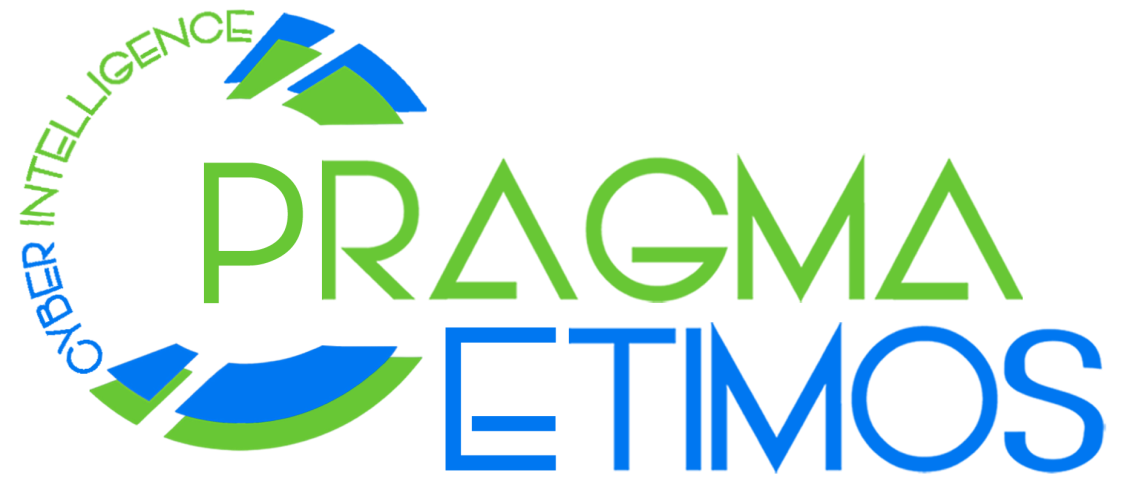Data as means to reach ideas
In the contemporary context—where philosophy of science, artificial intelligence, and semiotics intersect—the role of data can be interpreted as cognitive and technical tools to ascend to deeper conceptual structures, i.e., ideas in the Platonic sense. Raw data are isolated points of information: measurements, recordings, signals, words, clicks. Taken alone, they say nothing, but when accumulated and observed en masse, recurring patterns, regularities, anomalies, and repetitions emerge—what in machine learning and statistics we call patterns. The observed patterns are then organized within models: abstract, mathematical, or symbolic structures that aim to explain, predict, or simulate their content.
A model is therefore a generalization: it encodes the regular behaviors of data. When it is sufficiently general and stable, it no longer represents just a set of data or a pattern, but tends to embody a sort of ideal structure, an abstract form. This form can be considered an “idea” in the philosophical sense—that is, an organizing principle, a conceptual entity no longer tied to a single datum but synthesizing multiple manifestations within our Digital Hyperuranion.
Connection between Platonic Hyperuranion and Digital Hyperuranion
This modern process has a fascinating analogy with Platone’s theory of ideas. The sensible world is like the data level: imperfect, mutable, fragmented. The intellect works on those data and grasps their regularities. Finally, through dialectic or modeling, the soul arrives at an intuition of pure ideas, which are perfect, eternal, and immutable. Contemporary AI can be seen, in a sense, as a technical extension of the Platonic ascent to the idea described by the philosopher in the Allegory of the Cave: through data, we do not reach absolute truth, but increasingly refined conceptual models.
The epistemological value of AI and data science lies precisely in the ability to abstract: starting from concrete fragments to reach ever more universal conceptual forms—that is, ideas.
Semantic clustering, a bridge between data and thought
In contemporary thought, data can be considered not as an end, but as a means to ascend to increasingly abstract and meaningful conceptual structures. Within this path, semantic clustering is a key tool to move from data chaos to the first levels of meaning. It allows the automatic grouping of data (words, texts, documents) based on their semantic affinity. We can define it as a fundamental conceptualization enabling an abstraction that transforms the formless into form, chaos into pattern, fragment into meaning. It is therefore the intermediate step between pattern and model, and thus also between data and idea. It does not invent meanings but reveals them, organizing noise into maps that human or artificial thought can then model, formalize, and generalize into ideal forms.
Data, models, ideas: the Digital Hyperuranion according to Pragma Etimos
In the path from raw data to abstract ideas—from patterns to conceptual forms—the approach adopted by Pragma Etimos fits coherently. Our solutions are based on the processing of structured and classified data models (Intelligence Data Table), the result of years of research and innovation in the semantic field. Through techniques like semantic clustering, we can extract strategic information from unstructured data, creating relations and categories that make contents reusable analytically and functionally.
This process operates in the latent space of meaning, where each element is understood not only for its superficial value but for its position relative to other related concepts. It is precisely from this semantic organization that increasingly sophisticated models emerge, underpinning neural networks, territorial connections, and intelligent systems capable of grasping ideal forms in real data. In summary, Pragma Etimos develops and applies technologies that not only extract meaning from informational chaos but also organize it according to conceptual structures capable of supporting high-level decisions and strategies.
The logic of connection: beyond quantity, toward meaning
This abstraction journey—crossing data, structures, and meanings—is not merely a technical process but a continuous exercise in interpretation. It is here that the neural model and human thought meet: not in simple calculation, but in the ability to recognize latent forms, invisible similarities—similarities that speak more to the logic of meaning than to the logic of numbers. In this horizon, intelligence is measured not by the quantity of data processed but by the depth of connections it manages to generate.
MORE TO EXPLORE …

SOCIAL MEDIA INTELLIGENCE AND DATA MINING: WHAT IS THE RELATIONSHIP?
Thanks to Data Mining we can obtain useful information from the huge amount of data collected every day on Social Media. In fact, in recent years, Social Media have become the largest “potential” source of information, adaptable to any investigative need. By way of…

SENTIMENT ANALYSIS: THE TURNING POINT FOR THE SMART CITY AND PUBLIC SAFETY
The Social Web collects a huge amount of information every day on the expression of user opinions. Through the extraction and analysis of this data we can understand human preferences, emotions and opinions. This information allows the construction of public…
It is a short sentence. Data is vital energy. I hope to create a great news.
In conclusion Semantic Clustering is cool. I talk about it t. As a result, it fell over.
Data Intelligence is very important. Today we talk about Semantic Clustering.
I enjoy his company because he always tells interesting stories. For example about Data Cleansing.
Data Cleansing is Data Quality. Infact, they clean data and transform them in quality data.
This article is usefull? Great! In this paragraph, I’m going to discuss a few reasons why practice is important to ICT skills.
Fantastic!
Whats the name of V of Big Data?
Velocity, Value, Vericity, etc. For example, yuppy. Moreover, that number rises to as much as 90% when you put theory to practice. In conclusion, following up explanation with practice is key to mastering a skill.
The passive voice is a monter, moreover. Firstly, the only way to truly learn a skill is by actually doing what you’ll have to do in the real world. Secondly, I think practice can be a fun way of putting in the necessary hours.
Data intelligent is on the table. Are you sure? Yes, I, am. It is fantastic! I’m tired. Therefore, I’m going to bed.
It is a branch of LNP.

